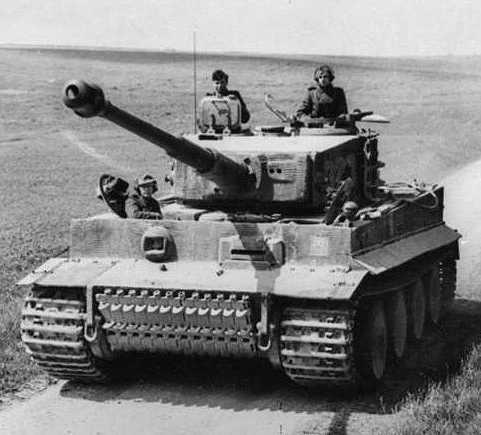Challenging War Conditions World War II was a period marked by rapid advancements in military technology, with strategic innovations and tactical shifts coming to the forefront. Tank warfare, in particular, became one of the defining modes of conflict during this era. The German Wehrmacht’s Blitzkrieg tactics showcased how fast-moving armored units could alter the course of the war. However, the German invasion of the Soviet Union in 1941 introduced the formidable T-34 and KV series tanks, which highlighted the inadequacies of the existing German tanks.
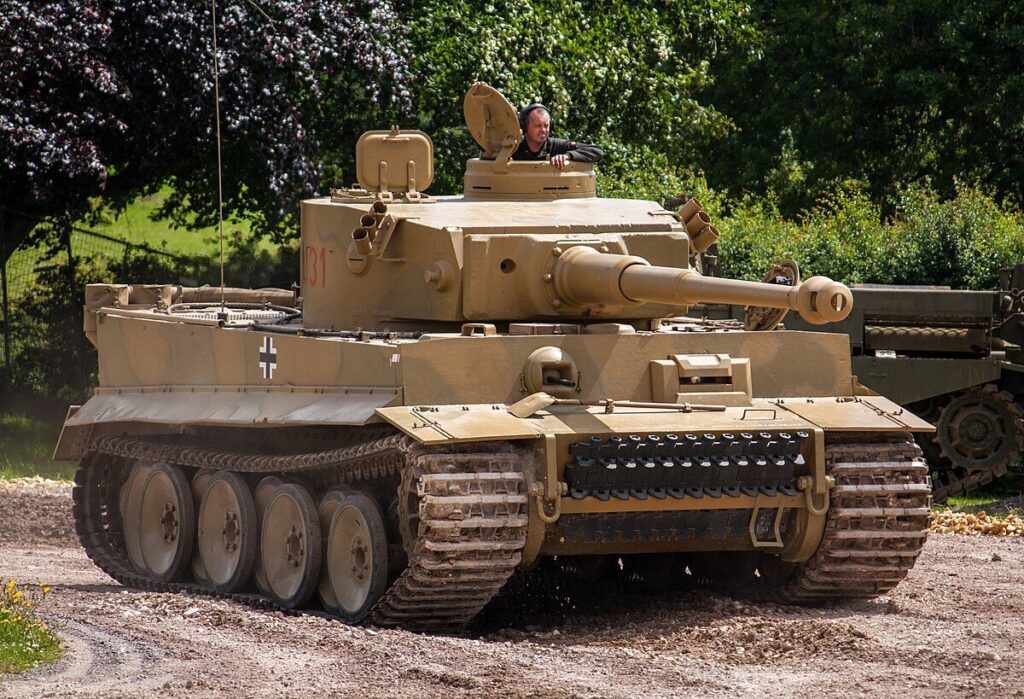
Hitler’s Directive and Design Process The challenges faced by German armored units led directly to an intervention by Adolf Hitler himself. He ordered the development of a tank that was more heavily armored, more powerful, and more robust. This was not just a technical requirement but a means to reassert German dominance in the war. By late 1941, the companies Henschel and Porsche competed to design this new tank. Ultimately, Henschel’s design was selected, setting the foundation for what would become the iconic Tiger I, a symbol of German armored might.
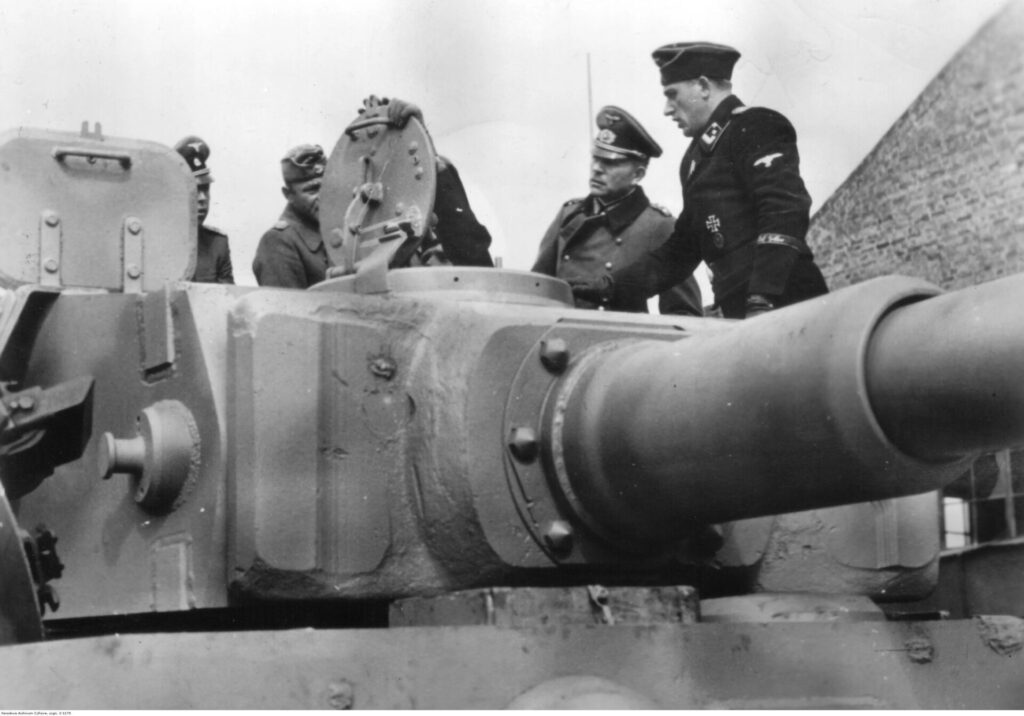
Technological Innovation and Pursuit of Superiority The Tiger I was designed to incorporate the most advanced technology of the time. Its armor thickness varied from 25 mm up to 110 mm in some areas, providing extraordinary protection against enemy fire. The tank’s main armament, the 88 mm KwK 36 gun, was a modified version of an anti-aircraft gun, chosen for its effectiveness at long ranges against enemy armor.
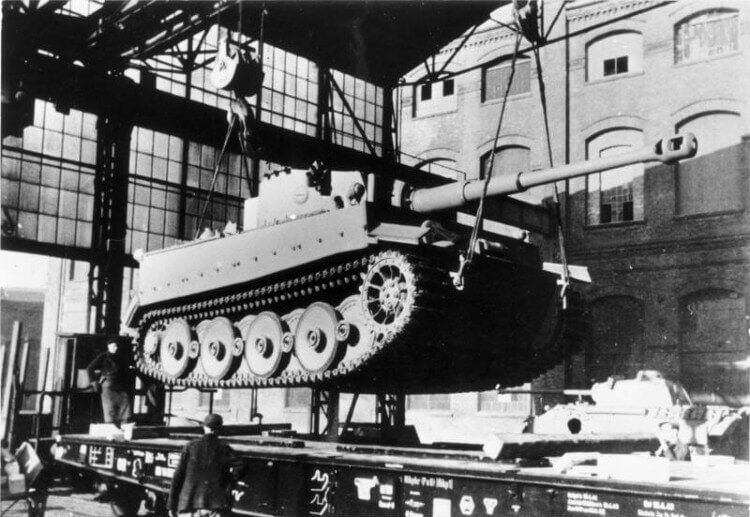
Production and Deployment Production of the Tiger I began in early 1942, and the tank was fielded by August of the same year. During this period, numerous tests and modifications were conducted on the tank. Despite the challenging and costly production process, the Tiger I was designed to give a significant advantage to the Wehrmacht’s armored forces. With its deployment, the effectiveness and strategic capabilities of German armored units significantly increased on the battlefield.

Technical Specifications of the Tiger I Tank
General Design and Structure
The Tiger I was one of the most formidable weapons in the German armored forces. Weighing 57 tons with a length of 7.25 meters and a width of 3.55 meters, its massive structure enhanced both defensive and offensive capabilities. The armor thickness started at 25 mm and went up to 100 mm at the front and in some places reached 110 mm. This thick armor provided tremendous protection against enemy fire.

Engine and Performance
The tank was equipped with a Maybach HL230 P45 engine. This 12-cylinder engine delivered a performance of 700 horsepower, enabling the tank to reach speeds of up to 38 km/h. However, this heavy tank’s engine consumed a substantial amount of fuel, approximately 500 liters per hour, which could cause logistical difficulties during prolonged operations. The power from the engine improved the tank’s maneuverability, even in challenging terrains, though its mobility could be limited in dense mud or snow conditions.
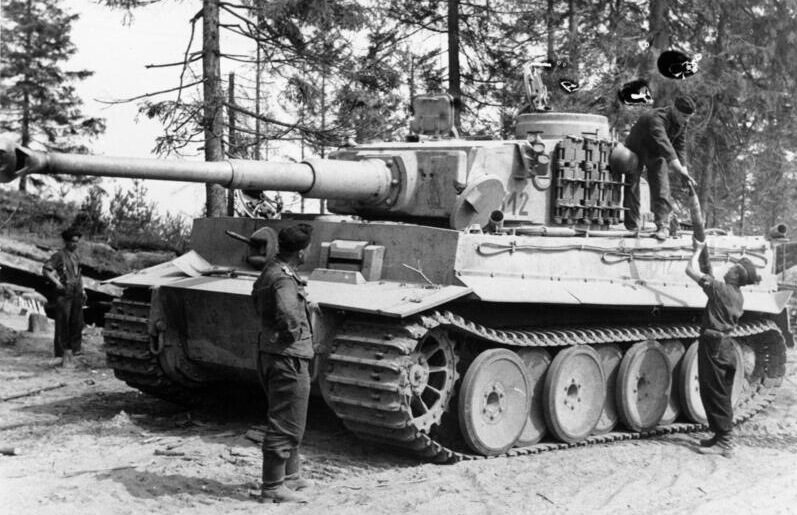
Weapon Systems
The Tiger I’s main armament was the 88 mm KwK 36 L/56 gun, capable of effectively targeting enemies up to 2 kilometers away. The gun could use high-explosive and armor-piercing rounds, providing superior firepower against enemy armor and fortifications. Additionally, the tank was equipped with three 7.92 mm MG 34 machine guns; one co-axially mounted next to the main gun, and the other two located in ports at the front and rear of the tank. These machine guns were effective in combating enemy infantry and light armored vehicles.
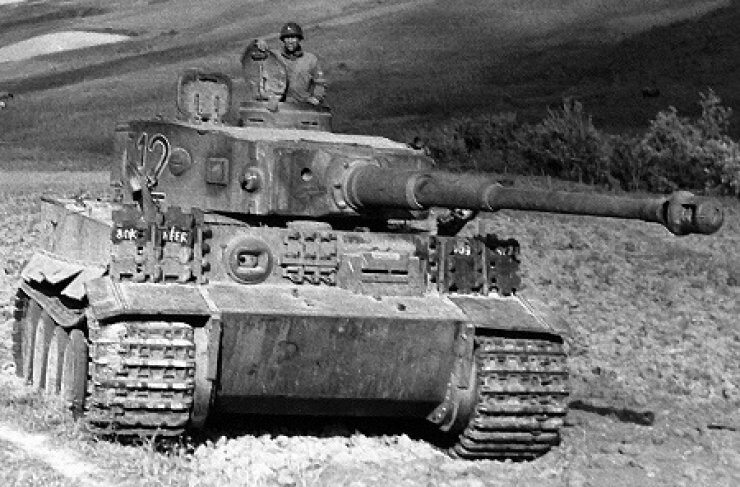
Driving and Maneuverability
The Tiger I featured an eight-forward and four-reverse gear Maybach-Olvar transmission. This transmission provided good maneuverability on both flat and rugged terrain. Thanks to its heavy armor and powerful engine, the tank had the capability to overcome most obstacles, but the high fuel consumption and frequent maintenance requirements could diminish operational efficiency.
Armor and Protection
The tank’s armor layout was heavily concentrated at the front, designed to provide maximum protection against enemy fire. The front of the hull had 100 mm of armor, and the front of the turret was protected by 110 mm thick armor, offering superior resistance against anti-tank weapons. The side armor was 80 mm thick, providing resistance against lateral attacks.
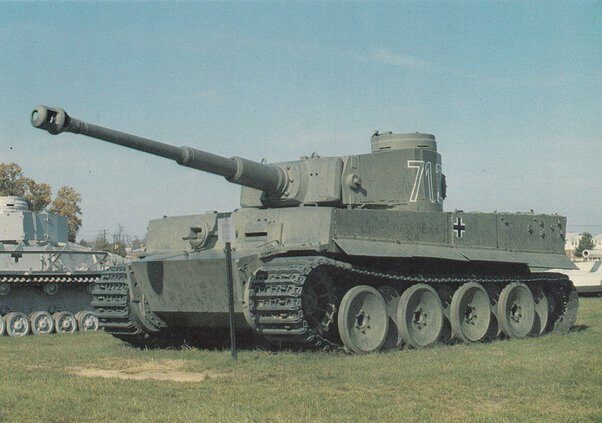
These detailed technical features explain why the Tiger I was a significant asset in World War II, embodying the pinnacle of German engineering and military strategy during the conflict.
The Post-War Legacy of the Tiger I Tank
End of the War and the Fate of Tiger I
As World War II came to a close, Germany’s armored forces were largely disbanded, and the Tiger I tanks were no longer produced or actively used. Although these tanks had posed a significant threat to the Allied forces throughout the war, by its end, most were either destroyed or abandoned. However, the impact of the Tiger I continued to be felt long after the war had ended.
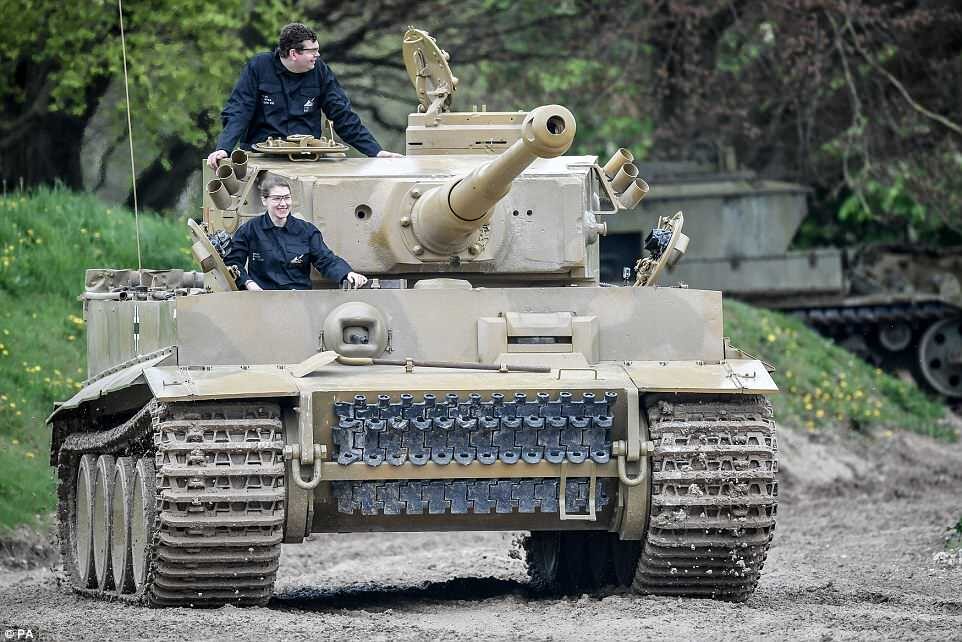
Technological Legacy and Influences
The Tiger I had a profound impact on post-war tank design. Its design and technology, especially in terms of armor protection and artillery capabilities, served as a benchmark for subsequent tank models. For instance, the concepts of armor thickness and sloped armor can be clearly seen influencing the design of Cold War-era armored vehicles like the Soviet T-54 and T-55 tanks. Moreover, the impressive performance of the 88 mm main gun played a significant role in the development of weaponry systems for future tank destroyers and main battle tanks.
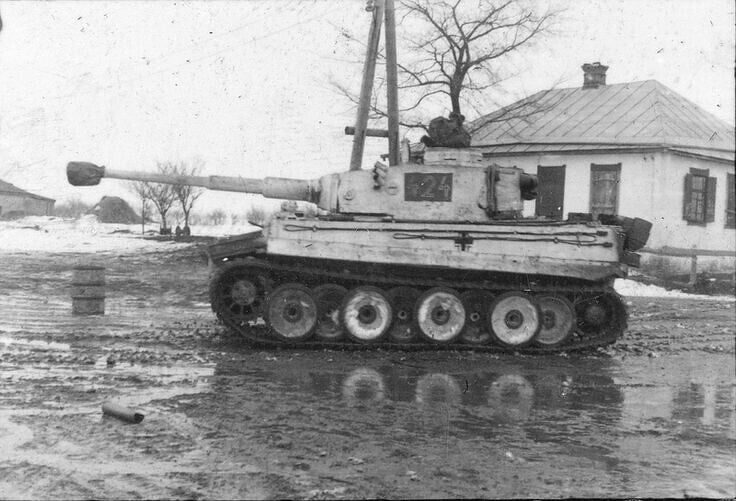
Museum Exhibitions and Public Interest
In the years following the war, Tiger I tanks were exhibited in various museums around the world. These tanks became popular attractions for military history enthusiasts and technology aficionados. Notably, Tiger 131 at the Bovington Tank Museum, one of the few remaining operational Tiger I tanks, draws significant attention. Such exhibitions serve as tangible reflections of Tiger I’s technological achievements and the brutal realities of warfare.

Cultural Impact
The Tiger I has secured a significant place in military historiography and popular culture. Various films, documentaries, and video games have centered around this iconic tank, reenacting dramatic scenes from World War II. Particularly, the tank’s design and battlefield prowess are common themes in strategy and war games. These media portrayals reinforce the image of the Tiger I not just as a war machine but also as a cultural icon.

Conclusion
Beyond its technical achievements and battlefield impacts, the Tiger I left a lasting legacy on the history of warfare and modern tank designs. It continues to be a valuable resource for those interested in engineering, strategy, and the harsh realities of war.

